27th July 2014, 02:21 pm
Had a great time Saturday (26 July 2014) with my 2014 Geometry Group at the Summer Program for Mathematical Problem Solving at Siena College, a three-week program for 38 mathematical talented middle schools students who go to low income NYC public schools. We presented Soap Bubbles and Mathematics, including a little guessing contest with demonstrations, explanations, and prizes, won by Rashik Ahmed. Photos show in action my students Bryan Christopher Brown, Alyssa Loving, Wyatt Boyer, and Sarah Elizabeth Tammen.
Category:
Education |
Comments Off on Summer Program for NYC Middle School Students
23rd July 2014, 03:14 pm
I am excited about spending part of my sabbatical this fall at Berkshire Community College. I’d say that community colleges are where education meets the future. It looks like next year for the first time a majority of US college students will be at community colleges. So far everyone I’ve met loves the college and its President. Here’s an account, “The Good Things,” by one of the math adjuncts and one of my best new friends, Donna Kalinowsky, of some of the reasons she loves the place:
Continue reading ‘Donna Kalinowsky on Berkshire Community College’ »
16th July 2014, 05:17 pm
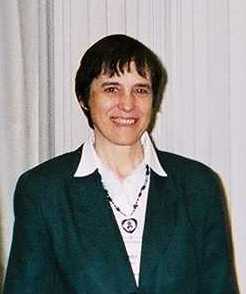 Friends, mathematicians, scientists, and the public celebrated the 70th birthday of distinguished mathematican Jean Taylor at the Museum of Mathematics in New York City, Saturday evening, September 6, 8-10:30 pm. It was Taylor who proved Plateau’s rules for soap bubbles. I wouldn’t miss it. You can register for $25 (additional donations completely optional and not specifically for Taylor celebration). There was also a little symposium of 5- to 15-minute talks 1 pm Saturday afternoon at the Courant Institute at NYU (photos thanks to Christina Sormani). See comments for well wishes.
Friends, mathematicians, scientists, and the public celebrated the 70th birthday of distinguished mathematican Jean Taylor at the Museum of Mathematics in New York City, Saturday evening, September 6, 8-10:30 pm. It was Taylor who proved Plateau’s rules for soap bubbles. I wouldn’t miss it. You can register for $25 (additional donations completely optional and not specifically for Taylor celebration). There was also a little symposium of 5- to 15-minute talks 1 pm Saturday afternoon at the Courant Institute at NYU (photos thanks to Christina Sormani). See comments for well wishes.
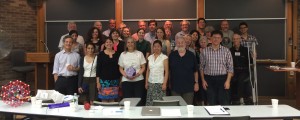 Continue reading ‘Jean Taylor’s 70th at MoMath’ »
Continue reading ‘Jean Taylor’s 70th at MoMath’ »
5th July 2014, 08:40 am
Just as a a soap bubble minimizes surface area, crystals minimize a more general energy depending on orientation with respect to the underlying crystal lattice, given by integrating some (continuous) norm on the unit normal. (One might drop the usual assumption that a norm is even.) The optimal shape is the unit ball of the dual norm, called the Wulff crystal (see [M2, Chapt. 16]). Continue reading ‘Clusters for General Norms’ »
Category:
Math |
Comments Off on Clusters for General Norms
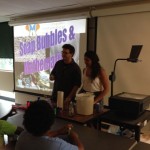
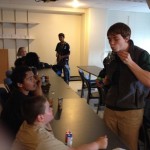
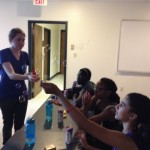


 Welcome to my blog. I also have a blog at the
Welcome to my blog. I also have a blog at the